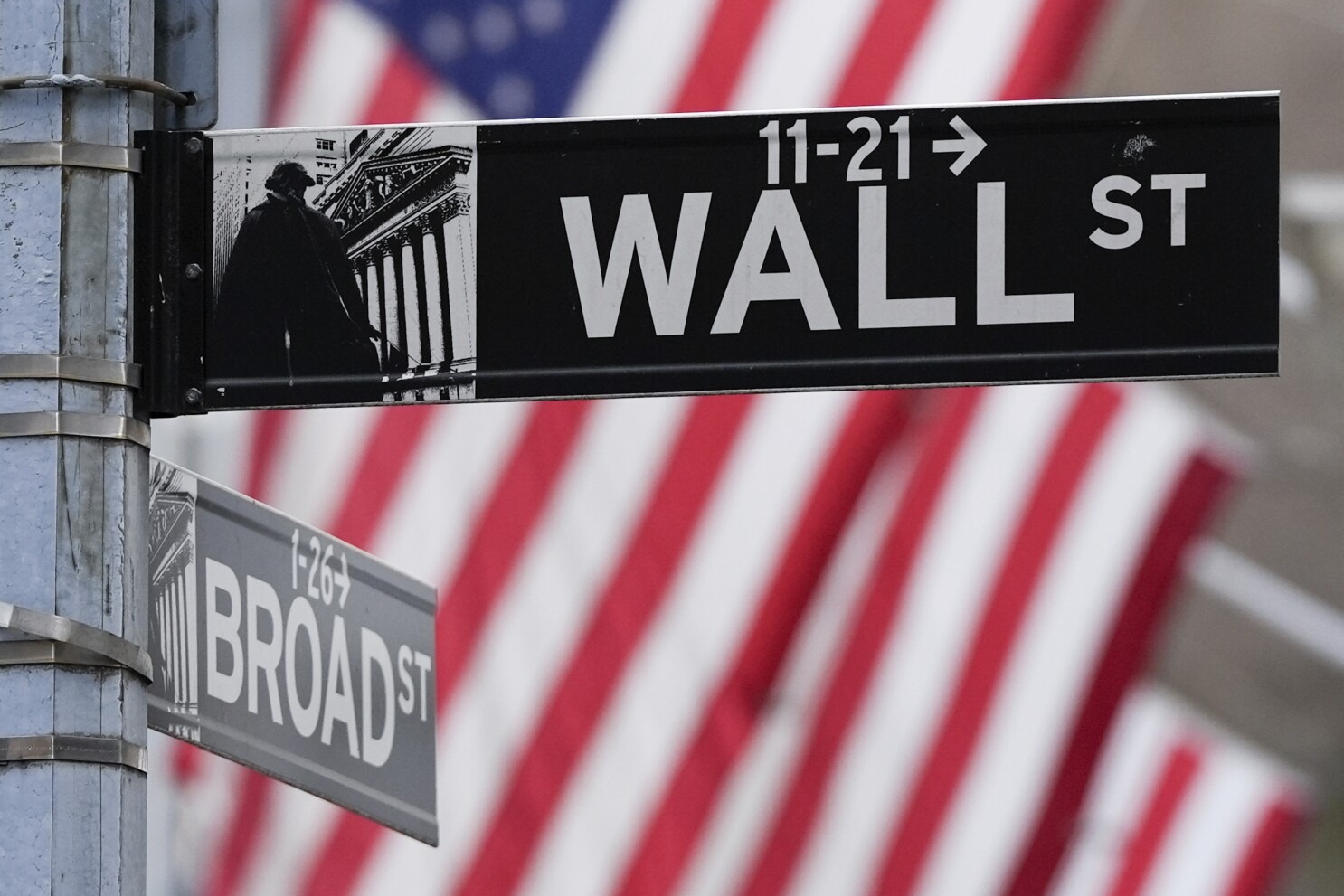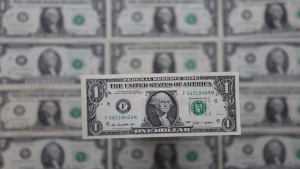The US stock market experienced an optimistic start following the re-election of President Donald Trump in November, fueled by expectations of a thriving business sector. However, after 100 days into his second term, Wall Street has been gripped by uncertainty and sharp volatility, largely attributed to the tariff policies embraced by the president. Economists believe that the ongoing uncertainty regarding US trade policy and economic forecasts could complicate matters further in the upcoming period.
Performance of the Dow Jones Industrial Average:
Despite the volatility, the Dow Jones Industrial Average has seen a rebound in recent days, logging a six-day winning streak. The index closed yesterday, Tuesday, up by 300 points, or 0.75%.
However, despite this temporary improvement, the Dow Jones remains down by 6.8% since Trump’s inauguration on January 20.
Performance of the S&P 500 Index:
The broader S&P 500 index recorded gains of 0.58% on Tuesday, continuing its six-day rally. However, the overall performance of the index since Trump’s inauguration remains negative, having fallen by 7.27% and losing approximately $3.66 trillion in market value during this period.
This performance marks the third worst performance for the index during the first 100 days of any presidential term in US history.
Performance of the Nasdaq Composite Index:
The Nasdaq Composite index, which is heavily weighted towards technology, mirrored this trend, rising by 0.55% on Tuesday. However, the index entered a bear market on April 4 and remains down significantly by 11% since Trump’s inauguration.
Polls indicate that a record number of global investors intend to cut their holdings of US stocks amid these fluctuations and uncertainties.













